As regular readers will be aware we have been following the progress of the Great Arctic Anticyclone of 2016 for the last 3 weeks or so and the generation of increasingly large waves in the Beaufort Sea in August and September for the last 3 years or so. Today we combine the two to bring you news of anomalously large waves in the Beaufort Sea earlier this week. In actual fact any sort of waves in the Beaufort Sea at this time of year would be anomalous, since normally the Beaufort is still covered in sea ice in April!
Firstly a bit of background information. In the continuing absence of the DMSP F-17 satellite data used by the NSIDC for their Arctic sea ice metrics, here’s a close up look at Arctische Pinguin’s current Beaufort Sea ice area data:
Now here’s NOAA’s WaveWatch III “hindcast” of the winds over the Beaufort Sea on April 26th 2016:
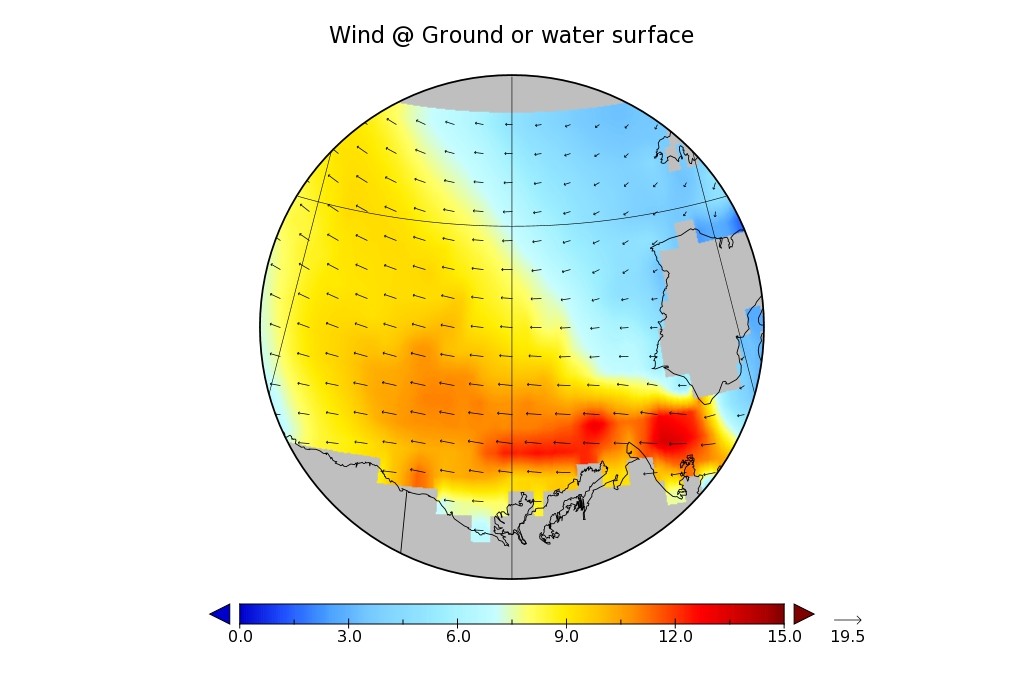
Notice the continuing easterly winds from the persistent high pressure system centred to the north of the Beaufort Sea. Next here’s the resultant wind wave height:

and the associated wind wave period:
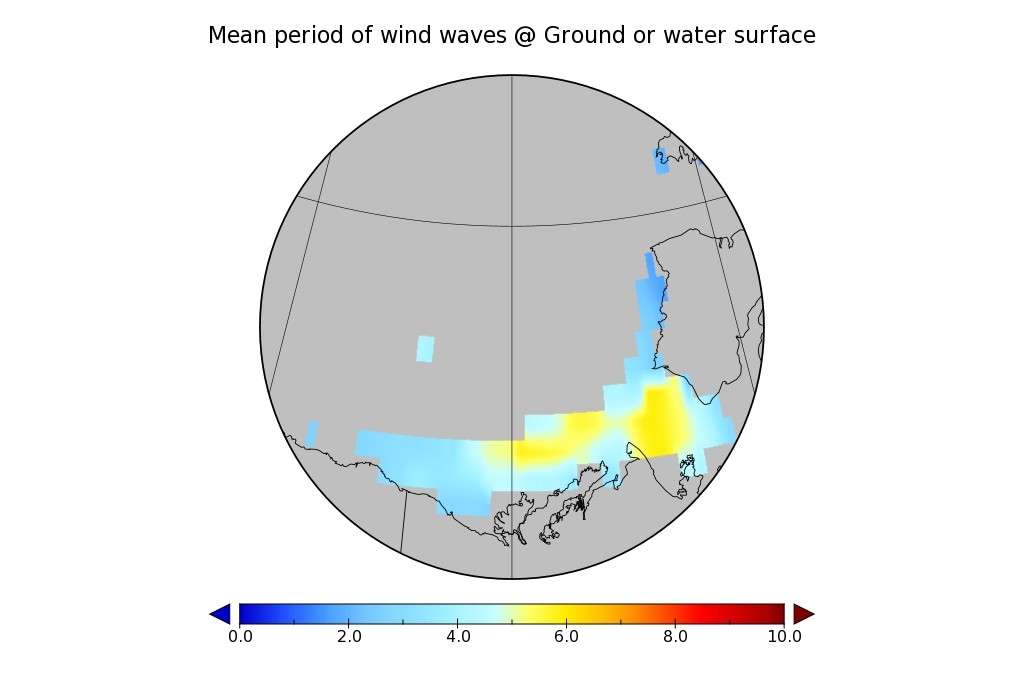
Wind waves with a height of around 1.5 meters and a period of 6 seconds wouldn’t tempt me to go out on a surfing expedition, but they would certainly be enough to interfere with the sea ice formation process, as you can see from this “pseudo-color” image of the Beaufort Sea on April 26th from the MODIS instrument on the Terra satellite:
Unfortunately the Jason 2 and recently launched Jason 3 satellites don’t measure wave heights in bodies of water as far north as the Beaufort Sea, so we’ll have to content ourselves with the modelled data from WaveWatch III. However here’s a brief video explaining how Jason 3 measurements are now used to assist WaveWatch forecasts further south:
Whilst Jason 3 won’t be watching waves in the Arctic Ocean it looks as though the European Space Agency’s Sentinel 3A satellite will be providing wave height data for the Beaufort Sea in the not too distant future:
It also looks as though CryoSat-2 is already potentially providing such data, but as far as I can ascertain it’s not available in handy gridded format in the same way that the CS2 near real time ice thickness data is.
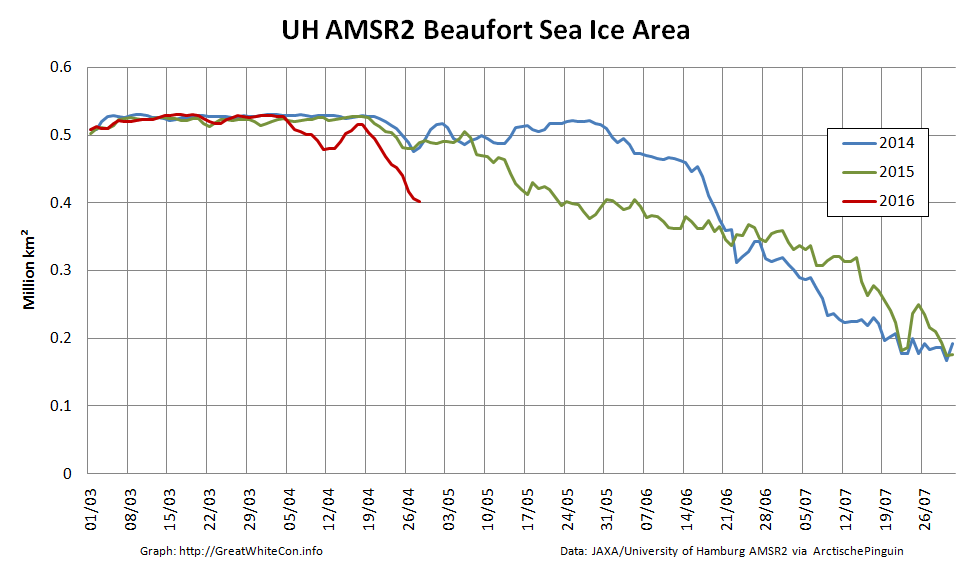
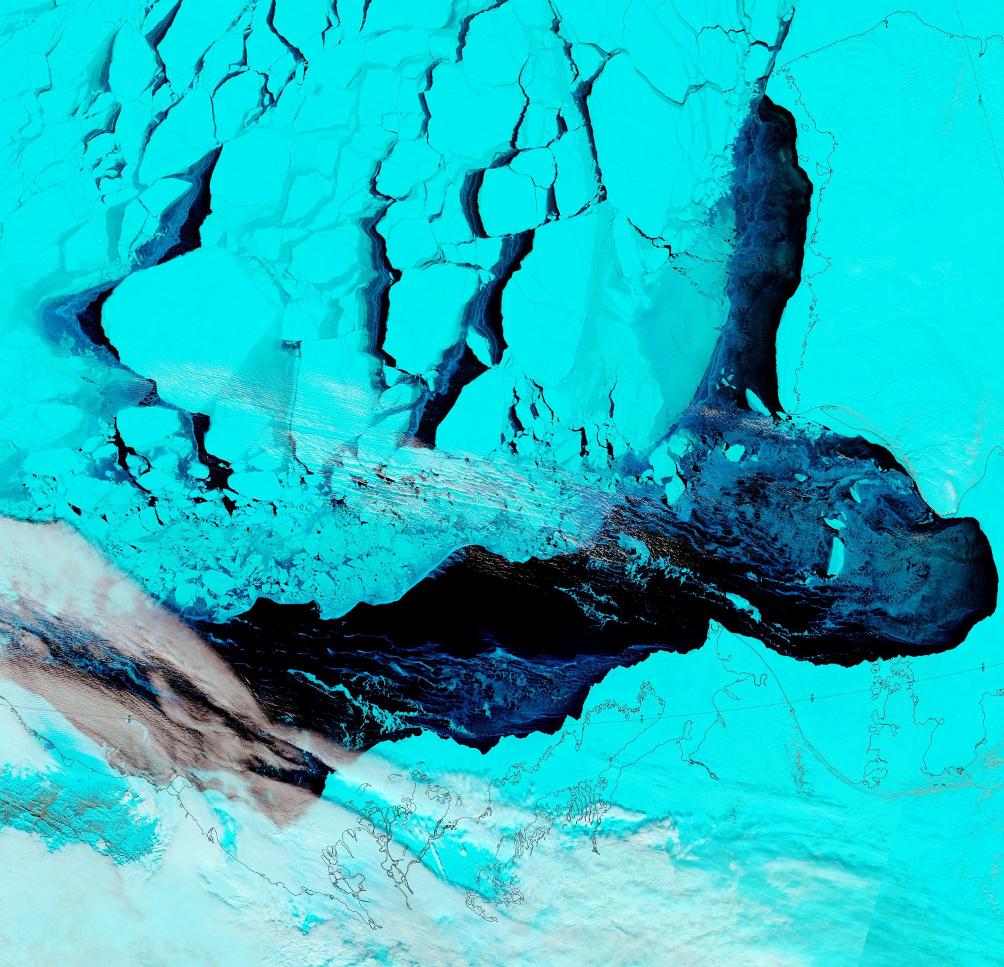
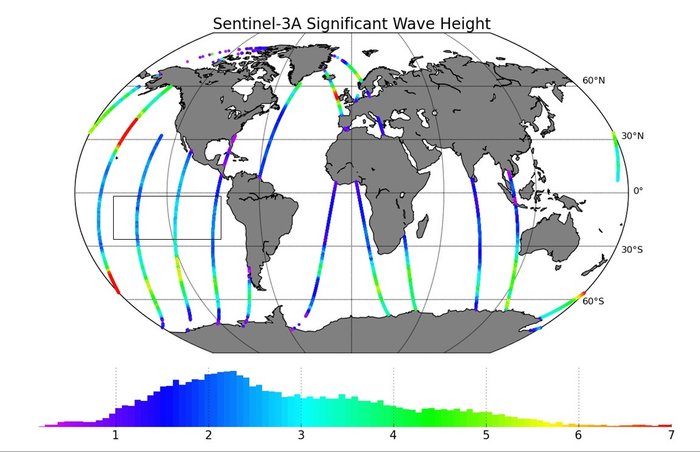
Speaking of the Beaufort, I noticed today that MASIE is still reporting no open water whatsoever there, whereas all other sources of information (LANCE-MODIS, ASCAT, SAR, AMSR2) show a huge, unprecedented polynya. This is somewhat strange, as MASIE/operational analysis is supposed to be doing the most accurate reporting on how much ice is there.
Is this all because of some ultra-thin layer of ice that only NIC analysts are seeing? I’m going to check what Environment Canada has to say about it.
I’m also eagerly awaiting the next weekly bulletin from the Canadian Ice Service. Here’s the one from April 25th:
Just one of many reasons why it would be interesting to know if there is a satellite that is actually attempting to measure wave height in the Beaufort Sea.
Here’s the latest chart from the CIS:
Thanks, Jim! MASIE is still showing no change, although it’s supposed to have the highest resolution, be the most accurate, etc.